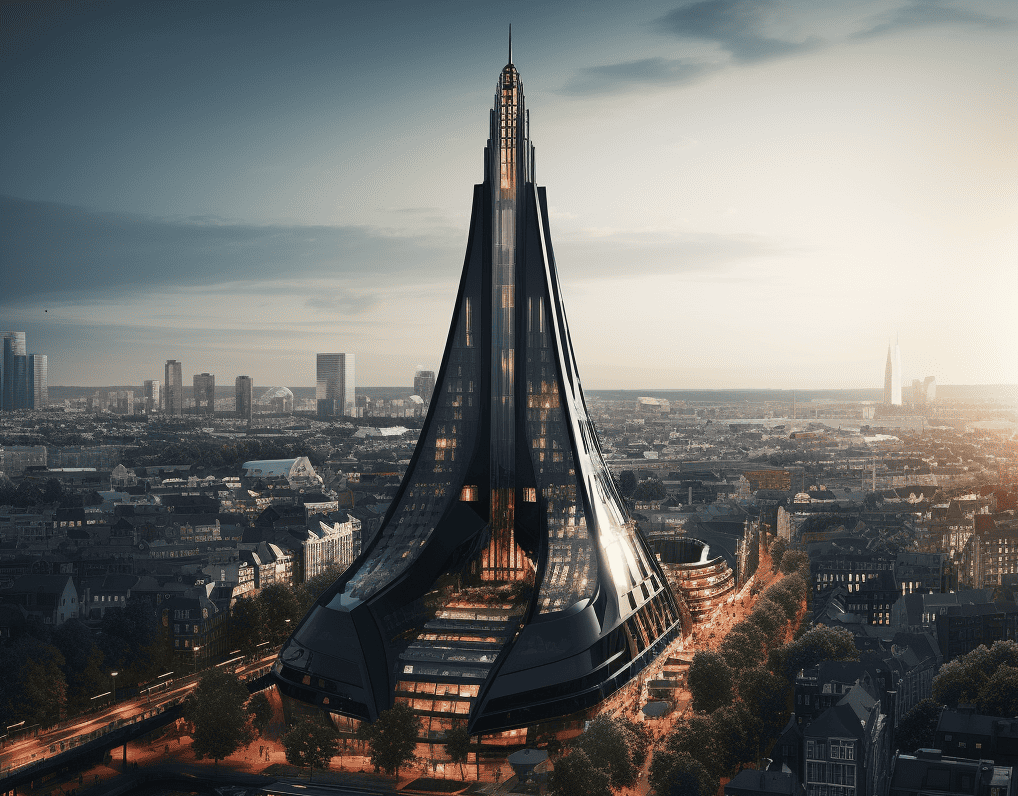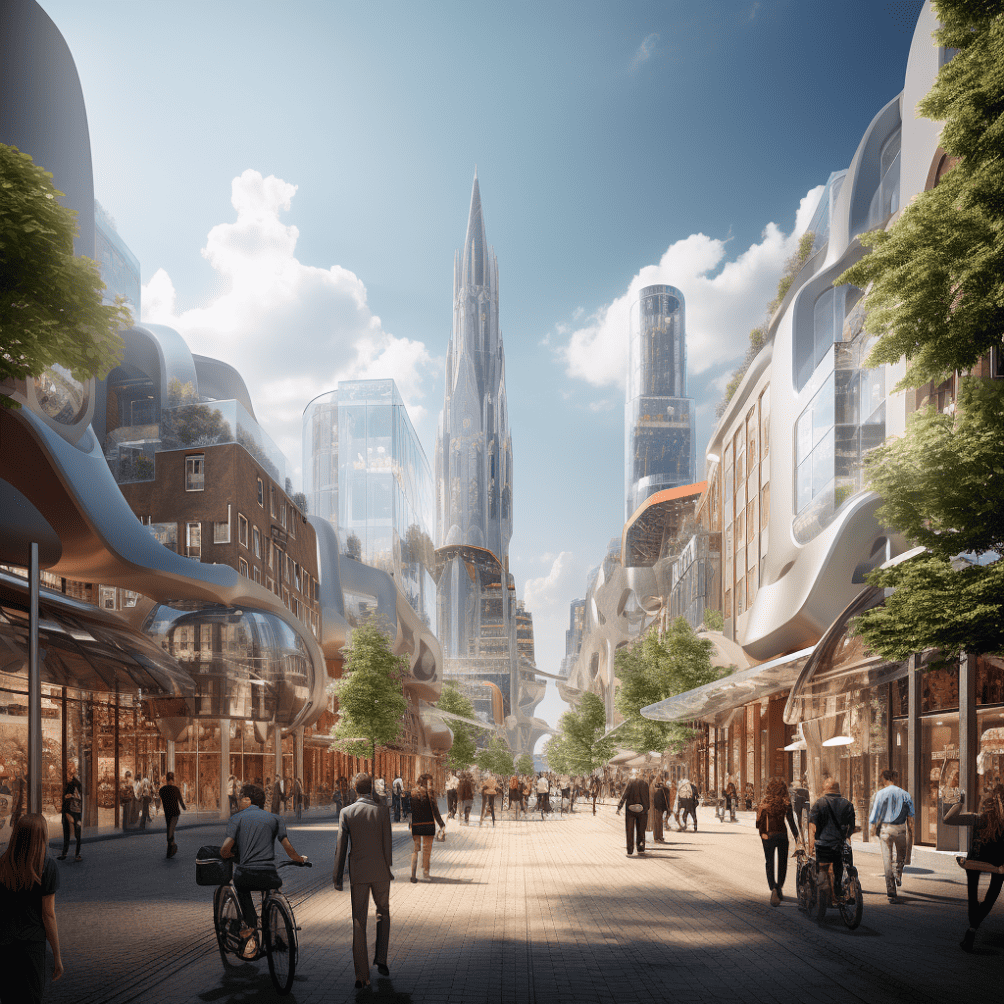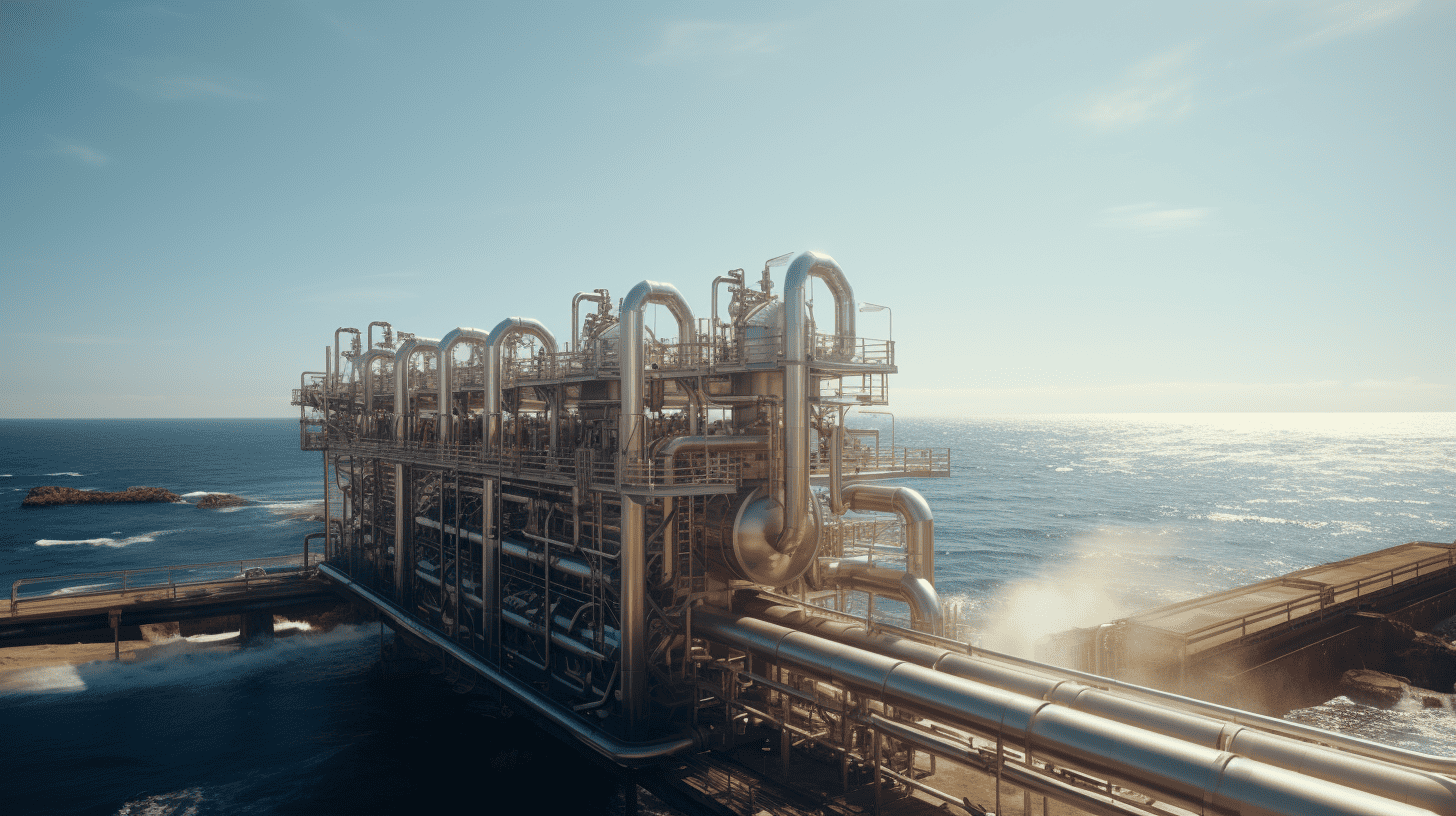
You must have been living under a rock for over a decade to have missed it: there is a glaring housing shortage in the Netherlands. We don’t tackle it very cleverly either. Almost nowhere else do so few people live in flats as here. So time for a solid daydreaming session. What would the Netherlands look like if we radically increased the height of our buildings?
- To solve the housing shortage in the Netherlands, we could go for high-rise buildings.
- Dutch cities would look radically different if we go for this approach.
We dangle at the bottom of the list of countries that build skyscrapers. The Netherlands has only fifty of them. This is changing extremely slowly. In Rotterdam, but also in big cities like Eindhoven and The Hague, agreements have now been made for higher buildings.Skyscrape-lovers were surprised last summer by the news that a tower as tall as 275 metres is to be built in the centre of Rotterdam.
That’s big, but we could go even more crazy. We actually need a little bit more of craziness in our country. Business as usual has done little good for Dutch housing.

Amsterdam’s giant tower
Suppose we go rigorously upwards. What would that look like in a city like Amsterdam? We are familiar with ‘standard’ skyscrapers, with straight shapes. What if we chose a completely different course? The X-Seed 4000, designed for the city of Tokyo is the tallest realistic building design ever. To date, it does not stand anywhere. It is planned at a height of four kilometres, with a foundation six kilometres deep, in the sea. With 800 floors, this monumental structure could house an estimated one million people. That means the whole of Amsterdam could be crammed into one building…
Eindhoven neighbourhood with superflats

OK, so Amsterdam now has a giant tower. Eindhoven takes a slightly different approach. We don’t build enormously high here, but we do build in large numbers. Eindhoven now has a district with fifty superflats of 500 metres high:
They are not necessarily an eyesore, by the way. When designing the building, there was definitely an eye for greenery. The wall facades, for instance, are abundantly decorated with climbing plants.
Pushing boundaries
But if we go for residential towers in the Netherlands, we face enormous challenges. In terms of costs, city planning, but certainly also construction techniques. So it is high time to bring in advanced construction expertise.
The first challenge is the Dutch bogs. Without piling, building on our subsoil is practically impossible, because the risk of subsidence of the structure increases considerably. So it will take considerable financial resources and manpower to pull off our scenario.
Moreover, the future flats I am sketching here look radically different. We cannot simply copy-paste our current apartment designs. The flats look more like the X-Seed. So they look more like the Eiffel Tower. This design offers protection against strong air pressure variations and extreme weather conditions.
Oh: and who is going to wash windows at an altitude of a few kilometres? Certainly not me! Fortunately, solutions to this problem already exist today. Take the self-cleaning windows at University College London (UCL). Thanks to nanostructures on the glass, which are pencil-like and conical, the droplets can pick up and carry away dirt, dust and other contaminants. Something that certainly comes in handy in our high-rise landscape.
In short: a lot is possible. But we need to keep innovating steadily.
Space for nature. Not for vertigo
It remains to be seen whether everyone will find it cool to travel around the city by tram and spot giant skyscrapers. I have my doubts about it. But I suppose the vast majority of city dwellers would be happy to see space freed up for nature that would otherwise be devoted to housing.
In short, with our rigorous (and pleasantly deranged) approach, we are not only tackling the housing crisis, but turning our cities into sustainable, green paradises. Perfect to fully enjoy from our (slightly too high) balcony. One thing is for sure: there is no room for vertigo in our scenario!







